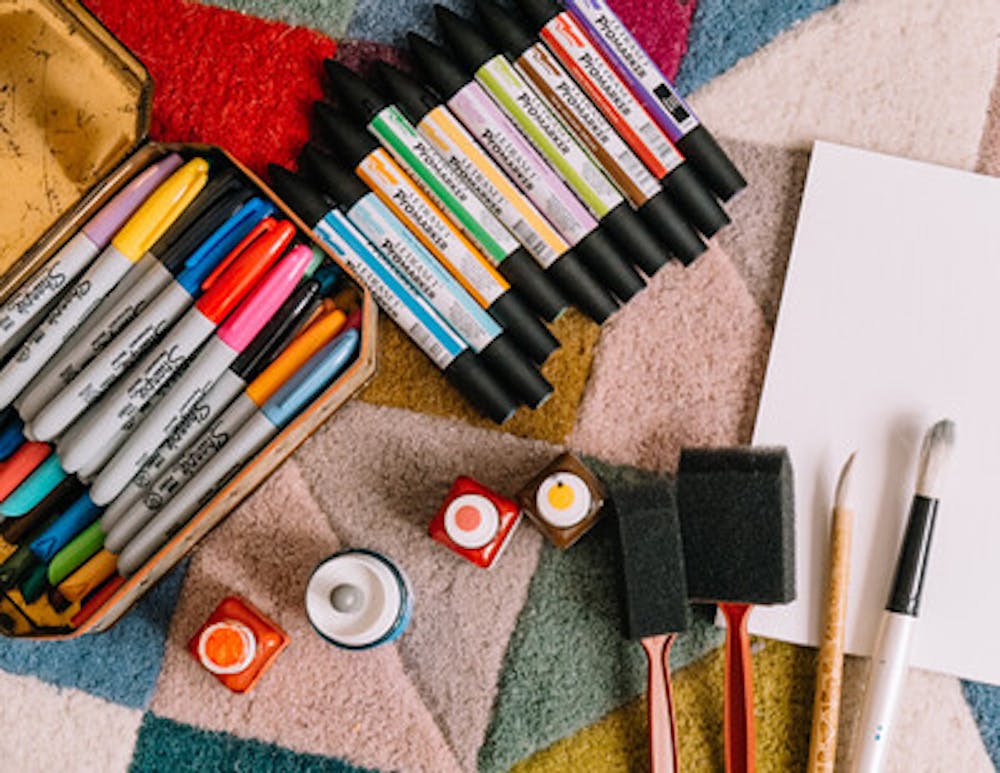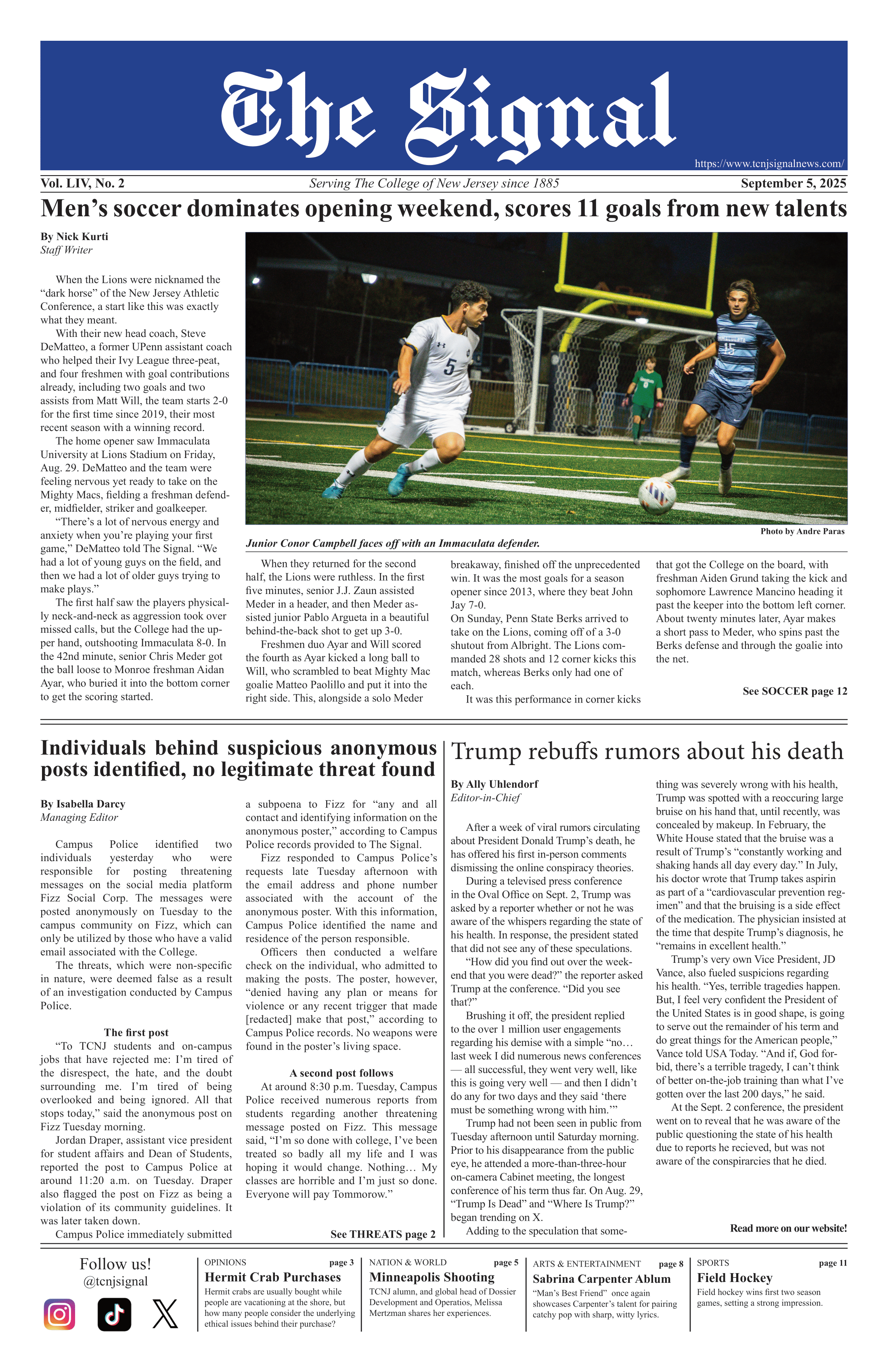By Bailei Burgess-Simmons
Staff Writer
Artificial Intelligence, often referred to as AI, best describes technology that displays human-like abilities such as processing information, reasoning, making deductions, planning and being creative. AI is arguably one of the biggest technological advances of the 21st century. The power and potential of Artificial Intelligence is insurmountable and advantageous in every field ranging from advertising to law enforcement, all the way to the arts.
Herein lies the problem. In a world where AI is performing with an efficiency that is, oftentimes, impossible for humans, some believe it poses a threat to the very people it was created to serve. Where in the workforce it threatens to replace people with machines and inevitably lay off thousands, in the realm of art, it threatens the way we conceive art — more concerningly, to whom credit for the art is due.
Our tests of the full breadth of AI’s abilities made way for what is known as AI generated art, which uses algorithms and rules, created by the artists, and thousands of images, works of literature and musical samples to create new art. Different AI has the potential to create music, mimic famous impressionists and write books.
However, this becomes concerning when AI samples the work of non-consenting artists and passes it off as original. Is the value of art solely commercial? In discussions with students at the College, senior English major Chase Keller provocatively addressed this idea.
“As long as we shift our values to caring more about the human element and human intent in art [then A.I would pose no greater threat to artists than those that already exist],” Keller explained.
Artists draw inspiration from each other and the world and yet there is no expectation for an artist to cite every single influence.
On the other hand, it’s worth considering that the technical skills required to make art using AI is an art in and of itself. Ultimately, whatever algorithm or scenario that allows AI to make art is a creation on its own and is equally worth celebrating.
“When you turn something into a new thing, I think there is value in that… in something different,” explained senior interactive multimedia major Serina Montero. And so we shift our thinking to one that considers AI to be a new medium of art for us to explore.
In the end we’re left to ponder: what constitutes real art? And does this definition include AI art?
When The Signal asked students at The College, everyone said, in some way or another, the same thing: all art is some expression of the human experience. It’s something true to you and a tether that allows people to connect through the collection of shared experiences. And so, how can we discount AI from the arts when it’s just another medium for creative human connection?
“As long as you create something that is true to you, and that you love, I think that’s art, it could be AI created or with pencils or with your own hand,” said Sam Ahlborn, a sophomore speech pathology major. Her point serves to further emphasize that our problem is not inherently AI generated art but some of the risks associated with it.
Some believe that as long as AI can make art, one day there will not be jobs for people who create art. However, if we consider AI just another medium of art, will this ever really be the case? Montera explained this beautifully.
“When things get super-automated and hyper-fast, a great example being fast-food or fast-fashion, eventually there will be a movement that slows it down — like fine dining and sustainable fashion. The antithesis will always be there because people do value those things.”
This fact does not change for AI art. While its popularity has grown, and it has quickly permeated mainstream art, this does necessarily mean it poses a threat to artists.
“The need for ‘real’ art will stay. They’re different art platforms. Different strokes for different folks,” said senior sociology major Landon Lombardo. So as long as people enjoy other forms of art and art created by people, it will never truly pose a threat to artists.
Where copyright is concerned, much revision needs to be done to address it, especially by those creating AI technology. However, we can do our part too. It almost seems silly, but it’s as simple as citing our sources, identifying AI art as AI art and ensuring that credit is given in every instance that it can be.
Like every time before, our best bet is to go with it and evolve. Rather than demonize AI, we might minimize concerns surrounding it by practicing integrity as creators and appreciating AI for what it is, as that has no effects on our ability to appreciate every other form of art as well.







